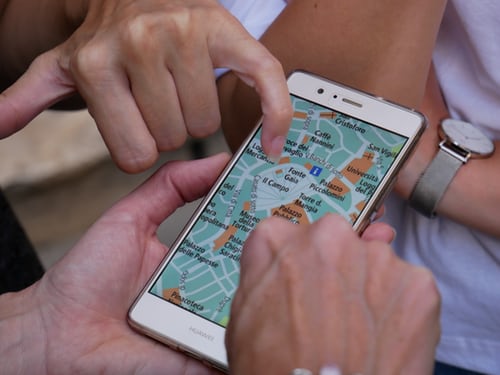
reserves the right to modify this document at any time without obligation to notify anyone.

or its suppliers have been advised of the possibility of such damages. In no event will ImageTrend, Inc., or any of its suppliers, be liable for any lost profits, lost savings, direct, incidental or indirect damages or other economic or consequential damages, even if ImageTrend, Inc. The entire risk arising out of the user or performance of this publication and software remains with you. NOTICE Unless otherwise provided by written agreement with ImageTrend, Inc., this publication, and the software sold with this publication, are provided “as is” without warranty of any kind either expressed or implied, including but not limited to the implied warranties of merchantability and fitness for a particular purpose. or international copyright laws, and may subject you to prosecution under penalty of law. Any other use, duplication, or distribution of this product or its contents may violate applicable U.S. You must treat this software and its contents like any other copyrighted material, such as a Portfolio or musical recording. Viewer contains copyrighted materials, which are licensed to you, the end user, for your personal use subject to the terms of the enclosed end user license agreement. DC kml2shp is a graphical frontend for tools to convert a KML file to a shapefile. This is an Object Pascal Wrapper for the Shapefile C Library. Converts GIS data from CARIS NTX format into ESRI shapefile format, preserving virtually all features and attributes. In QGIS, from the Project menu, click New.įrom the Layer tab, select Add Layer > Add Vector Layer.Ĭopyright 2020 ImageTrend, Inc. Shapefile freeware for FREE downloads at WinSite.Name the file and save it in a location where you can access it easily.In the Save as Type drop down menu, select Kml (*.kml).From the left menu, in the Places section, right click the layer you want to use in Continuum and click Save Place As.Open or set up your layer file within Google Earth.How to Create a JSON Shape File from a Google Earth KML File Using QGIS Exporting the KML File from Google Earth These instructions and images may not be accurate if you are using a different version of QGIS. The images in this article were taken using QGIS 3.6.3.These are separate mapping systems not connected with Continuum or ImageTrend, Inc. These instructions apply only for people who use the QGIS system and Google Earth.There are built-in layers that display information such as the locations of hospitals, or users with the appropriate files can upload their own layers to display data such as the location of their stations or the area covered by different zones. When viewing maps in Continuum, users are able to show or hide layers on the map.Please refer to the documentation for your mapping program for more information on how to do so. Although these instructions explain specifically how to export a JSON shape file from Google Earth using QGIS, the ability to export a JSON shape file is also available in other mapping programs.This is not the default format for these shape files, but you can use these instructions to convert a KML file from Google Earth (the format produced by Google Earth) to the required GeoJSON format using QGIS. For this to work, the shape files must be in GeoJSON format.If you have a separate mapping application for which you have created mapping shape files to overlay your maps, you can import those shape files into Continuum to display as layers on your maps.QGIS will allow you to convert the KML file generated from Google Earth to the GeoJSON format required by Continuum.QGIS is an open source software program that is free to download and use.You can download the latest version here:.QGIS is a GIS tool that is available for download and use if you do not have access to another application such as Arc GIS Pro.When you upload your layer file in Continuum, you will select a color for the layer there. The QGIS Python API and the QGIS C++ API are the ultimate references for plugins creators.NOTE: Any colors or styling set in the KML layer will not be preserved in Continuum.The pyQGIS cookbook contains a section on developing plugins and is an ongoing effort to collect tips and tricks about QGIS python programming generaly.

If no information is available, please report it to the Developer mailing-list.

A plugin's bug tracking system can be found on the information page for that plugin. Bugs or feature requests relating to plugins that are published here must be opened in their respective bug tracking systems.Plugins are developed by independent organizations and developers, the QGIS organization does not take any responsibility for them.These plugins can also be installed directly from the QGIS Plugin Manager within the QGIS application. There is a collection of plugins ready to be used, available to download. QGIS plugins add additional functionality to the QGIS application.


 0 kommentar(er)
0 kommentar(er)
